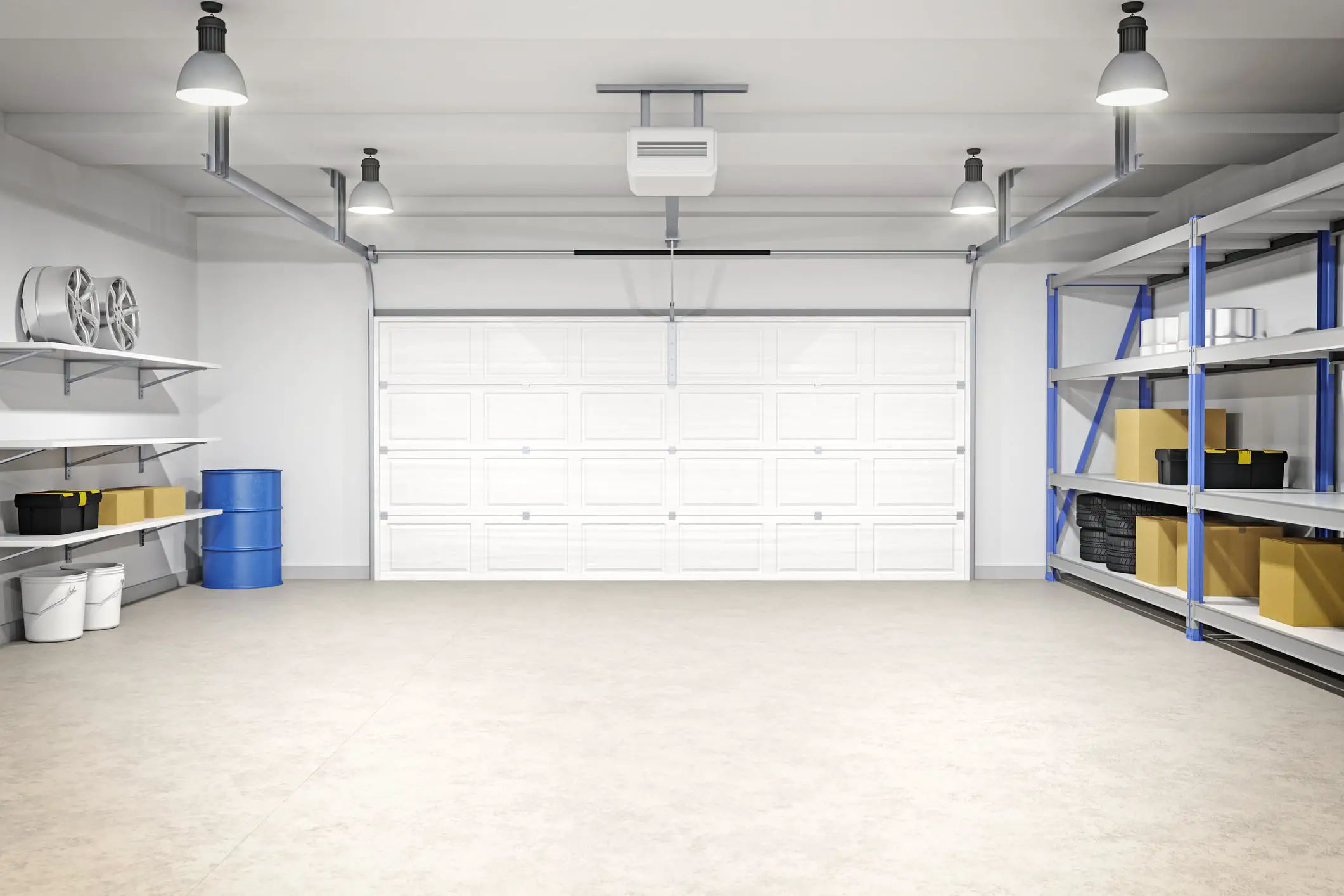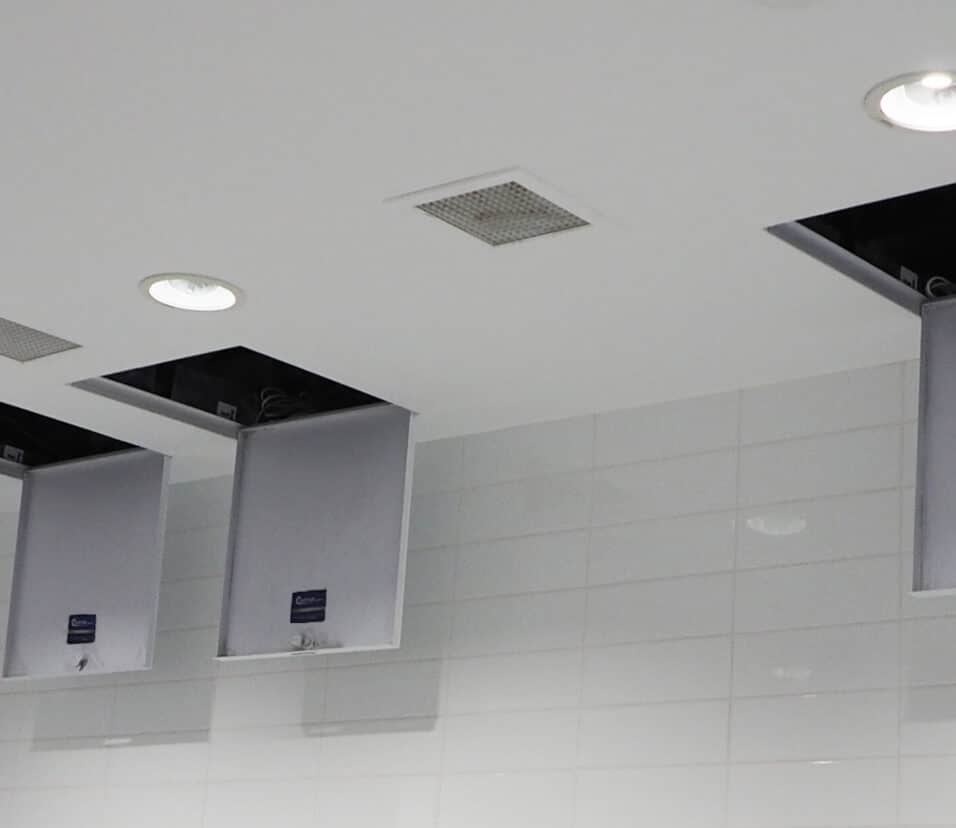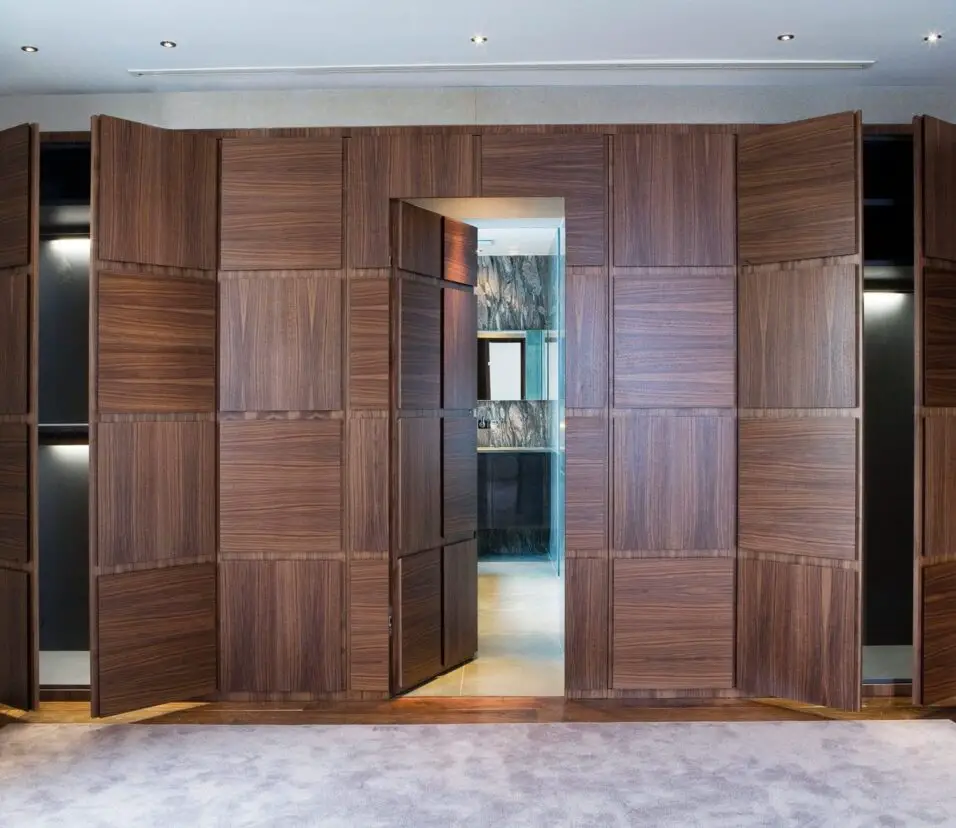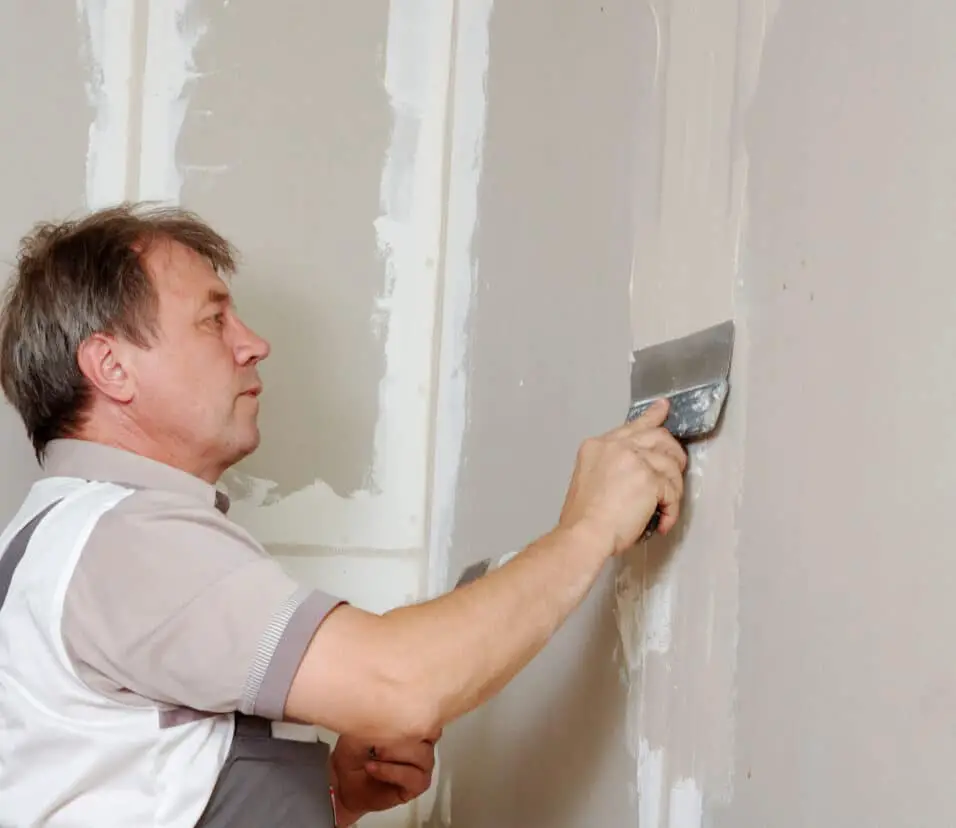How To Finish Bottom Of Drywall In Garage
Introduction
How To Finish Bottom Of Drywall In Garage: Before you begin the process of finishing the bottom of drywall in your garage, it is crucial to properly prepare the surface. Start by cleaning the area thoroughly, removing any dust, dirt, or debris that may have accumulated. This can be done using a broom or vacuum cleaner. Next, inspect the drywall for any imperfections such as cracks, holes, or uneven surfaces. Use a putty knife to fill in any gaps or cracks with joint compound, ensuring a smooth and even finish.
After preparing the surface, the next step is to apply joint tape to the bottom of the drywall. Joint tape helps to reinforce the seams and prevent them from cracking or separating over time. Start by measuring the length of the bottom edge of the drywall and cut a piece of joint tape accordingly. Apply a thin layer of joint compound along the bottom of the drywall edge using a putty knife. Place the joint tape over the compound, pressing it firmly into place. Allow the joint compound to dry completely before proceeding to the next step.
Once the joint tape has dried, it is time to finish the bottom edge of the drywall. Use a drywall knife to feather the edges of the compound, blending it seamlessly with the rest of the drywall. Repeat this process, applying multiple thin layers of joint compound and feathering the edges, until the bottom edge is completely smooth and flush with the rest of the drywall. Allow the compound to dry between each layer and sand the surface lightly to achieve a flawless finish.
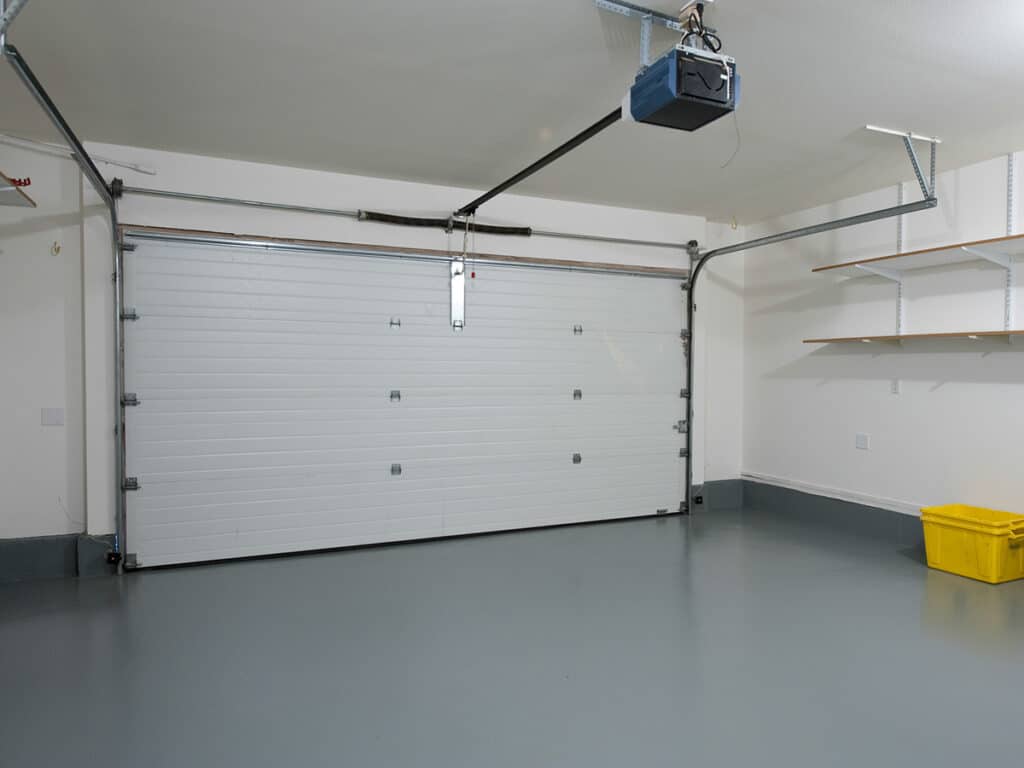
What can you do on the bottom of drywall?
- Fit the cut piece of drywall into the damaged area. Secure it to the wall studs using drywall screws and an electric drill with a driver bit.
- Fill a drywall pan with joint compound. Scoop some joint compound out of the pan with a 6-inch drywall knife so the end of the knife has a bead of compound on it.
Introduction:
Drywall is a commonly used material in construction and interior design. It is a type of board made from gypsum plaster, sandwiched between two layers of paper. Drywall is primarily used to create walls and ceilings in residential and commercial buildings. However, it also offers various possibilities for customization and enhancement.
Enhancing Functionality:
One of the main advantages of drywall is its versatility. The bottom of drywall can be utilized to install various functional elements.
Aesthetic Enhancements:
The bottom of drywall can also be transformed into a visually appealing element of interior design. One popular option is to apply decorative finishes or textures to the surface. This can be achieved through techniques such as painting, wallpapering, or applying textured coatings.
Soundproofing and Insulation:
This is particularly beneficial in areas where privacy or noise control is important, such as bedrooms, home theaters, or offices. The bottom of drywall offers a range of possibilities for customization and enhancement. It can be utilized to install functional elements, enhance aesthetics, improve soundproofing, and enhance insulation.
How do you waterproof the bottom of drywall in a garage?
The best answer for waterproof garage walls is to install Truss core Wall & Ceiling Board. Truss core Wall & Ceiling Board is a drywall replacement made from PVC. It sheds water and installs in a way that creates a waterproof barrier between wet and moisture and a garage wall’s interior studs and roof trusses.
Introduction:
Waterproofing the bottom of drywall in a garage is an essential step to protect the walls from moisture damage. To prevent these problems, it is crucial to take appropriate measures to waterproof the bottom of drywall in a garage. This article will provide a comprehensive guide on how to achieve this effectively.
Step 1: Seal the gaps and cracks:
The first step in waterproofing the bottom of drywall in a garage is to seal any gaps or cracks that may allow water to seep through. Inspect the walls carefully and use a high-quality caulk or sealant to fill in any openings. Pay close attention to areas where the drywall meets the floor, as this is a common entry point for water. Additionally, ensure that the baseboards are properly sealed to prevent water infiltration.
Step 2: Apply a waterproofing membrane:
Once the gaps and cracks are sealed, the next step is to apply a waterproofing membrane to the bottom of the drywall. This membrane acts as a barrier, preventing water from penetrating the walls. There are various types of waterproofing membranes available, such as liquid-applied membranes or peel-and-stick membranes. Choose a product that is specifically designed for drywall applications and follow the manufacturer’s instructions for proper installation.
Step 3: Install a baseboard waterproofing system:
In addition to sealing and applying a waterproofing membrane, installing a baseboard waterproofing system can provide an extra layer of protection. These systems typically consist of a vinyl or rubber baseboard that is installed along the bottom of the drywall. They create a barrier between the drywall and the floor, preventing water from seeping in. Ensure that the baseboard waterproofing system is properly installed and securely attached to the wall.
Step 4: Use moisture-resistant drywall:
Another effective way to waterproof the bottom of drywall in a garage is to use moisture-resistant drywall. This type of drywall is specially designed to withstand moisture and is more resistant to mold and mildew growth. Replace any existing drywall with moisture-resistant drywall to enhance the waterproofing capabilities of the garage walls.
By following these steps and taking the necessary precautions, you can effectively waterproof the bottom of drywall in a garage. Remember to regularly inspect the walls for any signs of water damage and address any issues promptly to maintain a dry and protected garage environment.
Can you put waterproofing on drywall?
The most popular way to waterproof your drywall is to use oil- or latex-based waterproofing primer. While drywall itself is not waterproof, there are methods and products available to make it more resistant to moisture.
One option for waterproofing drywall is to use a waterproofing paint or sealer. They can provide a certain level of protection against moisture, but it is important to note that they are not completely waterproof and may not be suitable for areas with high humidity or direct water exposure.
Another method for waterproofing drywall is to use a waterproof membrane or barrier. These membranes are typically made of materials such as plastic or rubber and are applied directly to the surface of the drywall. They create a physical barrier that prevents water from seeping into the material.
In addition to using waterproofing products, proper installation and maintenance of drywall can also help prevent water damage. Regular inspection and maintenance of the drywall, such as fixing leaks or repairing damaged areas, can also help prolong its lifespan and prevent water damage.
While drywall itself is not waterproof, there are methods and products available to make it more resistant to moisture. Waterproofing paints, sealers, membranes, and proper installation and maintenance techniques can all contribute to protecting drywall from water damage. However, it is important to consider the specific requirements of the project and consult with professionals if necessary to ensure the best results. By taking appropriate measures, it is possible to enhance the durability and longevity of drywall in areas where moisture is a concern.
What is the cheapest way to finish interior garage walls?
Plywood, medium-density fiberboard (MDF) and oriented strand board (OSB) are expedient and low-cost solutions for garage walls.
Introduction:
When it comes to finishing interior garage walls, finding the cheapest yet effective method is a common concern for many homeowners. The garage is often an overlooked space, but with the right finishing touches, it can become a functional and aesthetically pleasing area. In this article, we will explore several cost-effective options for finishing interior garage walls that can transform your garage into a more inviting space.
Painting:
One of the most affordable ways to finish interior garage walls is by painting them. A fresh coat of paint can instantly brighten up the space and give it a clean look. Consider using light colors to make the space appear larger and more inviting. Additionally, you can add a pop of color or create an accent wall to add visual interest to the garage.
Wall Panels:
If you are looking for a more durable and long-lasting option, wall panels can be a great choice. There are various types of wall panels available in the market, such as plywood, fiberboard, or PVC panels. These panels are easy to install and can provide insulation and soundproofing benefits. They also offer a smooth and clean finish, making them an excellent option for garage walls.
Wallpaper:
Another cost-effective way to finish interior garage walls is by using wallpaper. Wallpaper comes in a wide range of designs and patterns, allowing you to customize the look of your garage. IAdditionally, consider using a wallpaper adhesive that is suitable for garage walls to ensure a long-lasting finish. Wallpaper can instantly transform the appearance of your garage and give it a more polished and stylish look.
There are several affordable options available for finishing interior garage walls. Whether you choose to paint, install wall panels, or use wallpaper, each method can significantly enhance the appearance of your garage. Consider your budget, desired aesthetics, and the level of durability required when selecting the best option for your garage walls. With a little creativity and effort, you can create a functional and visually appealing space without breaking the bank.
What materials are needed to complete the bottom of drywall in a garage?
When finishing the bottom of drywall in a garage, there are several materials that you will need to ensure a successful and professional-looking result. These materials include:
Joint compound: This is a crucial material for filling in the gaps and seams between drywall panels.
Drywall tape: This tape is essential for reinforcing the joints between drywall panels. It helps to prevent cracks and ensures a strong bond between the panels.
Sandpaper: Sandpaper is necessary for smoothing out the joint compound and achieving a seamless finish. It helps to remove any imperfections and create a smooth surface ready for painting.
Primer: Applying a primer before painting is important as it helps the paint adhere better to the drywall surface. It also helps to seal the joint compound and create an even finish.
Paint: Finally, you will need paint to give the finished drywall a polished and attractive appearance. Choose a paint color that complements the overall aesthetic of your garage.
Are there any specific tools or techniques that should be used for finishing the bottom of drywall in a garage?
When it comes to finishing the bottom of drywall in a garage, there are indeed specific tools and techniques that can help you achieve a professional-looking result. Additionally, a mud pan is necessary to hold the joint compound while you work.
Another important tool is a drywall sander, which is used to smooth out the joint compound after it has dried. This helps to create a seamless and even surface. It is advisable to use a pole sander or a hand sander with fine-grit sandpaper for this step. Additionally, a utility knife is useful for cutting the drywall tape and trimming any excess compound.
As for techniques, it is crucial to apply multiple thin coats of joint compound rather than one thick coat. This allows for better control and reduces the risk of cracking. It is also important to feather the edges of the joint compound to blend it seamlessly with the surrounding drywall. Lastly, sanding between coats and using a sanding block or sponge to smooth out any imperfections is essential for achieving a professional finish.
Are there any safety precautions to consider when working on the bottom of drywall in a garage?
When working on the bottom of drywall in a garage, it is crucial to prioritize safety to prevent any accidents or injuries. One important safety precaution is to wear appropriate protective gear, such as safety goggles, gloves, and a dust mask. This will help protect your eyes, hands, and respiratory system from any potential hazards, including dust and debris.
Additionally, it is essential to ensure proper ventilation in the garage while working on the drywall. Opening windows or using fans can help dissipate any dust or fumes that may be generated during the process. Adequate ventilation will not only improve air quality but also reduce the risk of respiratory issues.
Furthermore, it is important to use caution when handling tools and equipment. Always follow the manufacturer’s instructions and guidelines for safe usage. Keep sharp tools, such as utility knives or drywall saws, properly stored and out of reach when not in use. Additionally, be mindful of electrical hazards and ensure that any power tools are used with proper grounding and safety precautions.
Are there any safety precautions to consider when working on the bottom of drywall in a garage?
When it comes to working on the bottom of drywall in a garage, there are several safety precautions that should be taken into consideration. First and foremost, it is important to wear appropriate protective gear, such as safety goggles, gloves, and a dust mask, to protect yourself from any potential hazards. This is especially important when sanding or cutting the drywall, as it can release harmful dust particles into the air.
Additionally, it is crucial to ensure proper ventilation in the garage while working on the drywall. Opening windows or using fans can help to dissipate any dust or fumes that may be present. It is also advisable to work in a well-lit area to minimize the risk of accidents or injuries.
Furthermore, it is important to be cautious when using any tools or equipment during the finishing process. Make sure to read and follow the manufacturer’s instructions for each tool, and always use them in a safe and appropriate manner. Avoid rushing or taking shortcuts, as this can increase the likelihood of accidents or mistakes.
Lastly, it is essential to be mindful of electrical hazards when working on the bottom of drywall in a garage. Ensure that all power sources are turned off and unplugged before starting any work. If you need to use power tools, make sure to use grounded outlets and extension cords, and keep them away from any water sources to prevent electrical shocks.
Taking proper safety precautions is crucial when working on the bottom of drywall in a garage. Wearing protective gear, ensuring proper ventilation, using tools safely, and being mindful of electrical hazards are all important steps to minimize the risk of accidents or injuries during the finishing process.
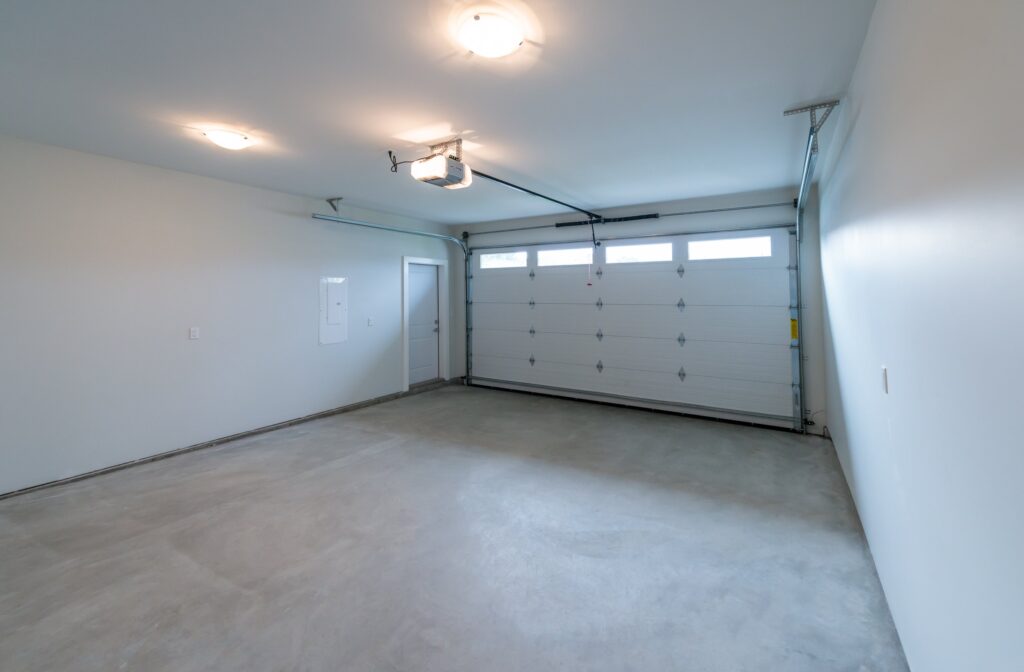
Conclusion
Finishing the bottom of drywall in a garage is an essential step in creating a polished and professional-looking space. Whether you are using your garage as a workshop, storage area, or even as an extension of your living space, properly finishing the bottom of the drywall is crucial for both aesthetics and functionality. By following a few simple steps, you can achieve a seamless and durable finish that will enhance the overall appearance of your garage.
The first step in finish bottom of drywall in a garage is to ensure that the surface is clean and free of any debris. Use a broom or vacuum to remove any dust, dirt, or loose particles. This will provide a smooth and even surface for the next steps of the process.
Next, apply a layer of joint compound to the bottom edge of the drywall. This will help to fill in any gaps or imperfections and create a seamless transition between the drywall and the floor. Use a putty knife to spread the joint compound evenly, making sure to feather the edges for a smooth finish.



